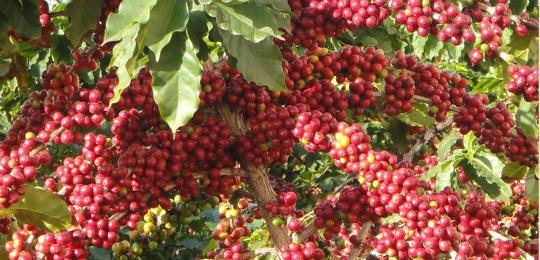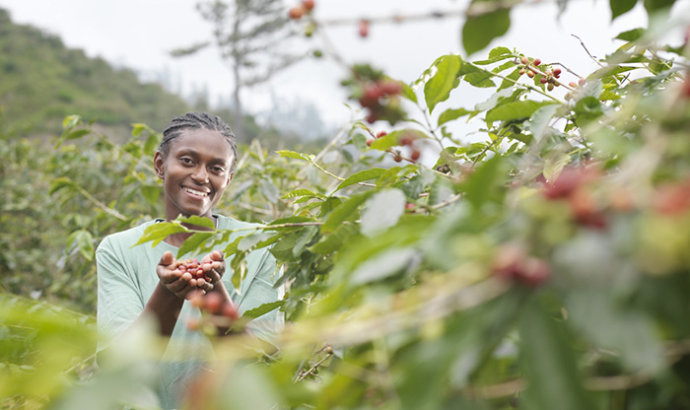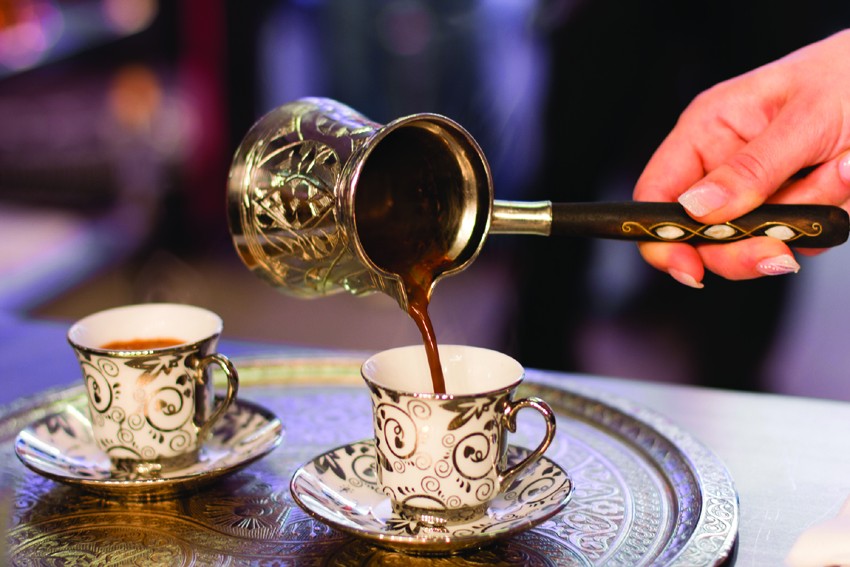Rwanda Musasa Cooperative introduces the flavor description of washed red bourbon cup.
For professional baristas, please follow the coffee workshop (Wechat official account cafe_style)

Rwanda Red Bourbon-Musasa Cooperative
Rwanda is located in the heart of the interior of Africa. Coffee was introduced by German missionaries in 1904. Since 1930, because coffee is the only income-earning crop for rural farmers, cultivation has flourished. Whether it is Arabica harvested in March-June or Robusta in May-June, government encouragement is actually an order to produce low-quality, high-yield coffee. Even if poor quality helped the economy at the time, as it was one of the few crops that could earn cash, the policy of continuing to promote low-quality exports was bound to change with the global competition for coffee.
The 1994 genocide claimed 500000 lives, almost wiped out the knowledge and technology of cultivation, and the price of coffee fell sharply around the world, making the industry even worse.
Rwanda is now on the rise again to rebuild its infrastructure at a steady pace, most notably the Joint strengthening Rwanda Agricultural Partnership Program (PEARL), which is mainly to help Rwanda rebuild agricultural institutions, production capacity and nurture talents to help small farmers do business directly with market buyers. The drill of the "Golden Bean Competition", followed by the first Rwanda COE coffee competition in 2008, drew more buyers' attention to the good beans produced in Rwanda.

The Musasa Cooperative Cooperative (Musasha), whose 1815 members are distributed in the mountains of 1500-2000 meters in the north-west, are small farmers with less than 1 hectare of 500 trees, set up their own washing plant in 2003 with the aim of improving the chances of selling their crops to international buyers and getting good prices. A number of members won the finals in the Rwanda COE Coffee Competition in 2008, 2010 and 2011, respectively, and the income earned was mainly spent on children's education, health care and investment in community construction.
Property Characteristics: farm characteristics
Farm Farm name: Musasa Cooperative (Musasha) Cooperative
Farmer Farm owner: Various small producers different kinds of small farmers
Region producing areas: Musasa, Gakenke District, North, northwest of Rwanda
City City: Ruil

Country country: Rwanda Rwanda
Altitude altitude: 1500-2000 m
Certification Certification: Fair Trade Fair Trade Association
Coffee Characteristics: coffee characteristics
Variety variety: Red Bourbon100% red bourbon
Grade: AA
Mark: Dukunde Kawa Musasa
Processing System treatment: Fully Washed and dried on African beds Water treatment African (Solar) elevated bed drying
Harvest period harvest time: June-July June to July
Appearance appearance: 15 eyes
Aroma aroma / flavor flavor: vanilla, violets, grapes, kumquat flowers, chamomile, mountain tea, scented tea, fruit, toffee, dark chocolate, honey, cherry blossom hard candy
Sour quality: plum, plum, citrus, malic acid, acid dense, tartaric acid (grape), light and sweet acidity, acid irritation in the mouth
The complexity of complex is similar to that of other: clean and juicy, round and warm, unrestrained flowers and plants, balanced and delicate style, sweet aftertaste rising
Important Notice :
前街咖啡 FrontStreet Coffee has moved to new addredd:
FrontStreet Coffee Address: 315,Donghua East Road,GuangZhou
Tel:020 38364473
- Prev

[Yega Xuefei purchase Guide] the street is full of "Yega Xuefei" how to choose?
The exchange of professional baristas please follow the coffee workshop (Wechat official account cafe_style) to feel the charm of good coffee. People who often drink coffee from "Yega Xuefei" must have heard others say [Yega Xuefei] more or less, and even when many people are just getting started (keng), they start from touching [Yega Xuefei]: the first cup by hand, or the first siphon?
- Next

How is Turkish coffee made?
Weixin Official Accounts cafe_style In the 6th and 7th centuries, the Gaila people in Ethiopia began chewing coffee fruits and boiled grass leaves; in the 9th century, Persians boiled coffee fruits and used juice as medicine; by the mid-15th century, Yemen began to roast coffee beans inside the fruit and grind them together with the pulp before cooking
Related
- Beginners will see the "Coffee pull flower" guide!
- What is the difference between ice blog purified milk and ordinary milk coffee?
- Why is the Philippines the largest producer of crops in Liberia?
- For coffee extraction, should the fine powder be retained?
- How does extracted espresso fill pressed powder? How much strength does it take to press the powder?
- How to make jasmine cold extract coffee? Is the jasmine + latte good?
- Will this little toy really make the coffee taste better? How does Lily Drip affect coffee extraction?
- Will the action of slapping the filter cup also affect coffee extraction?
- What's the difference between powder-to-water ratio and powder-to-liquid ratio?
- What is the Ethiopian local species? What does it have to do with Heirloom native species?

